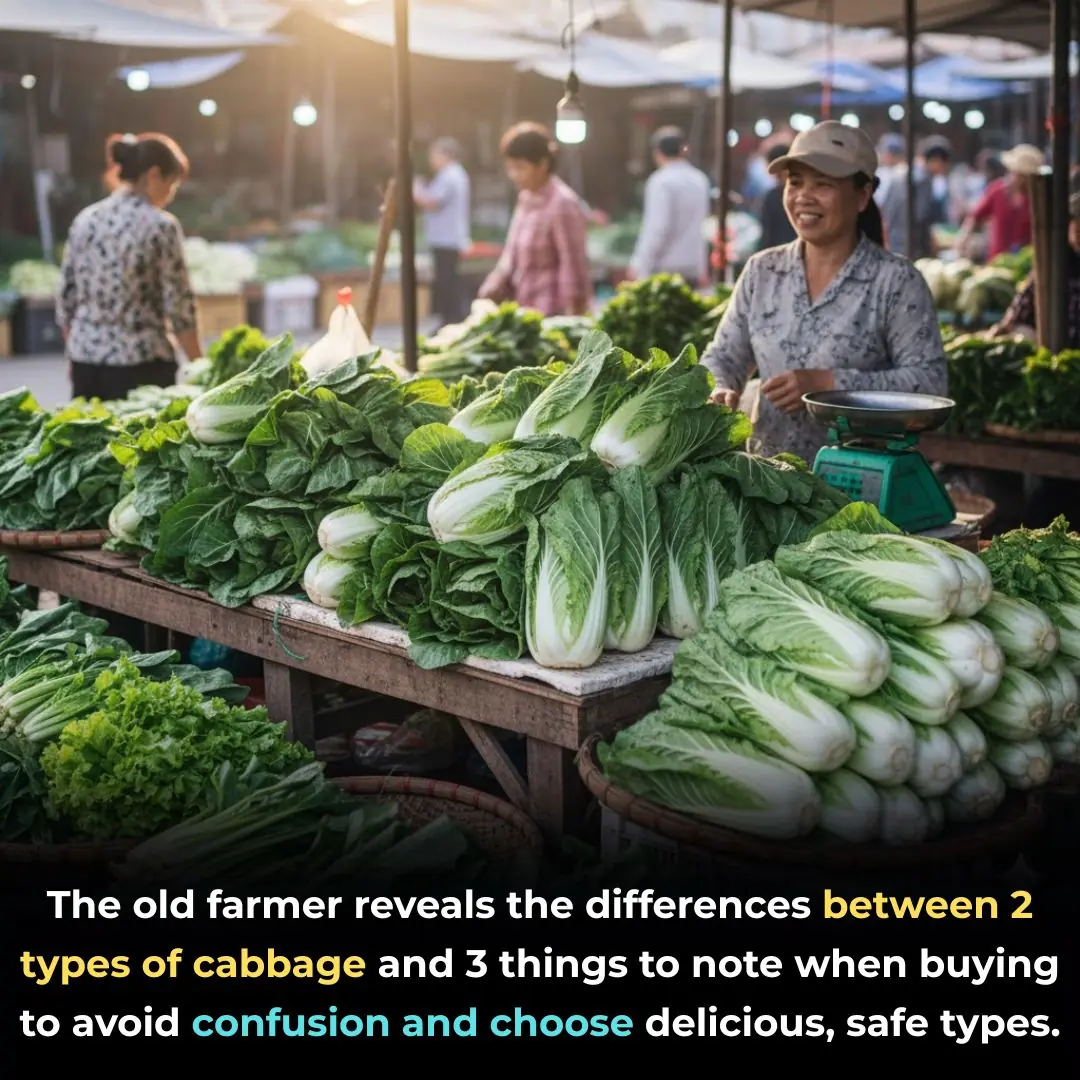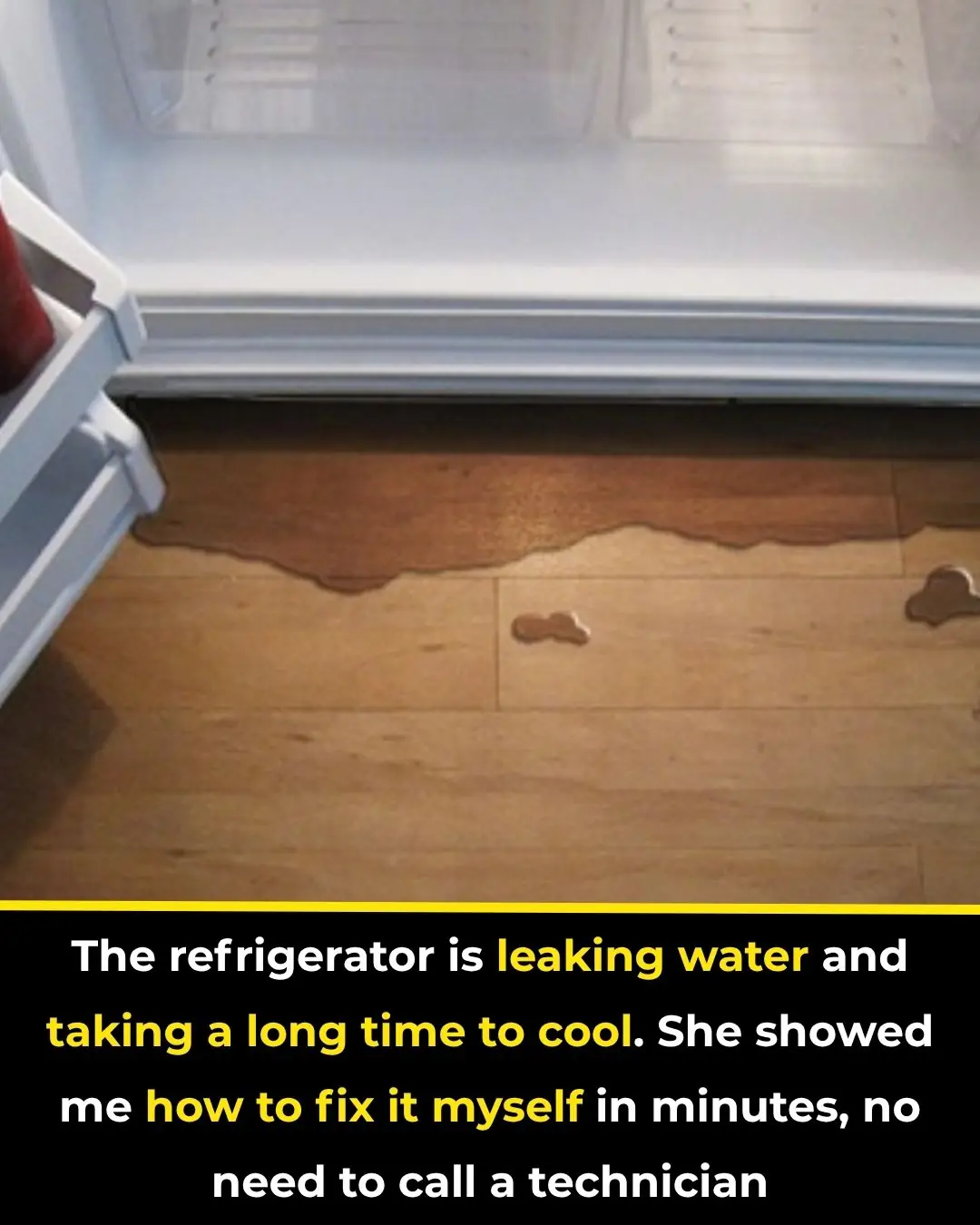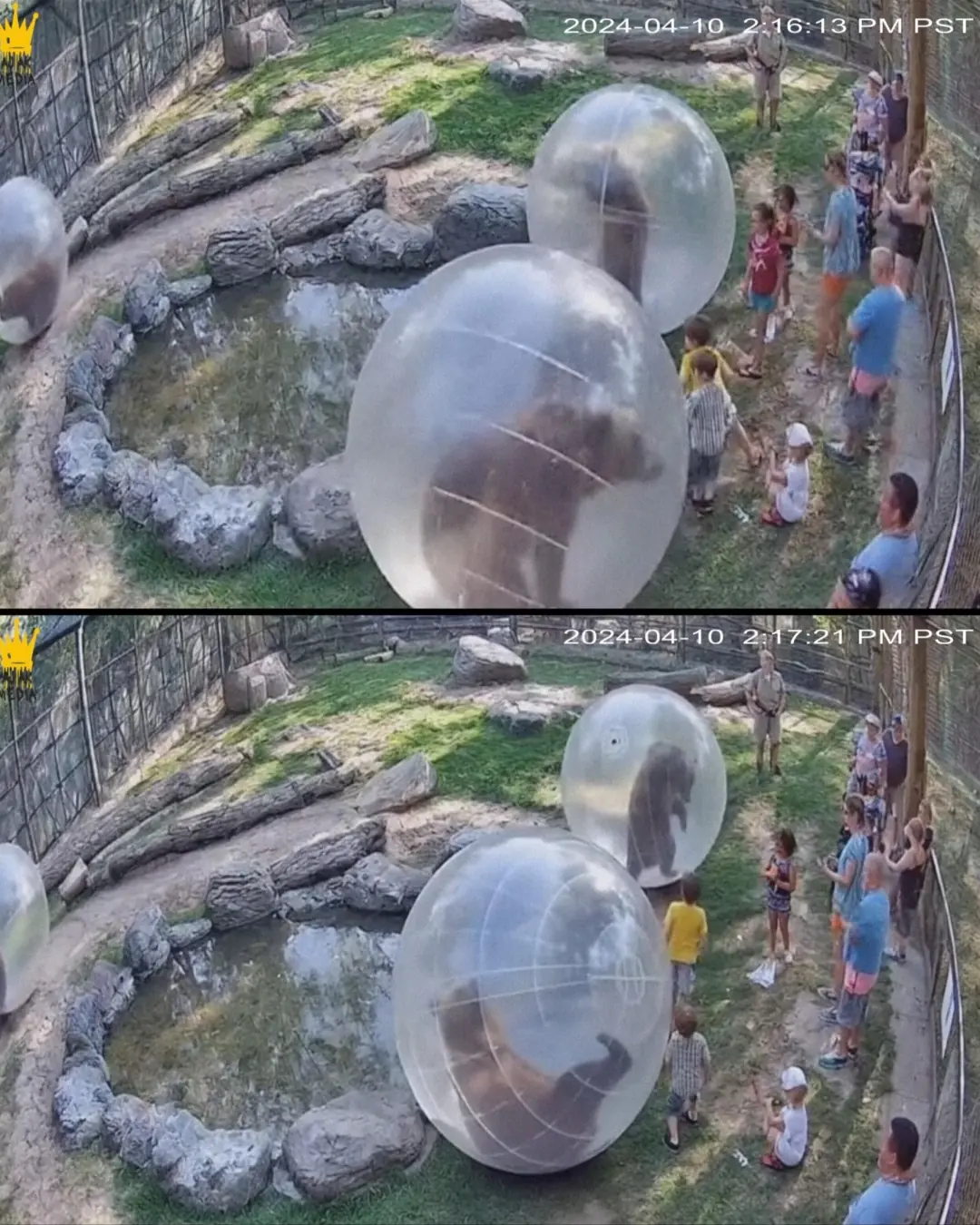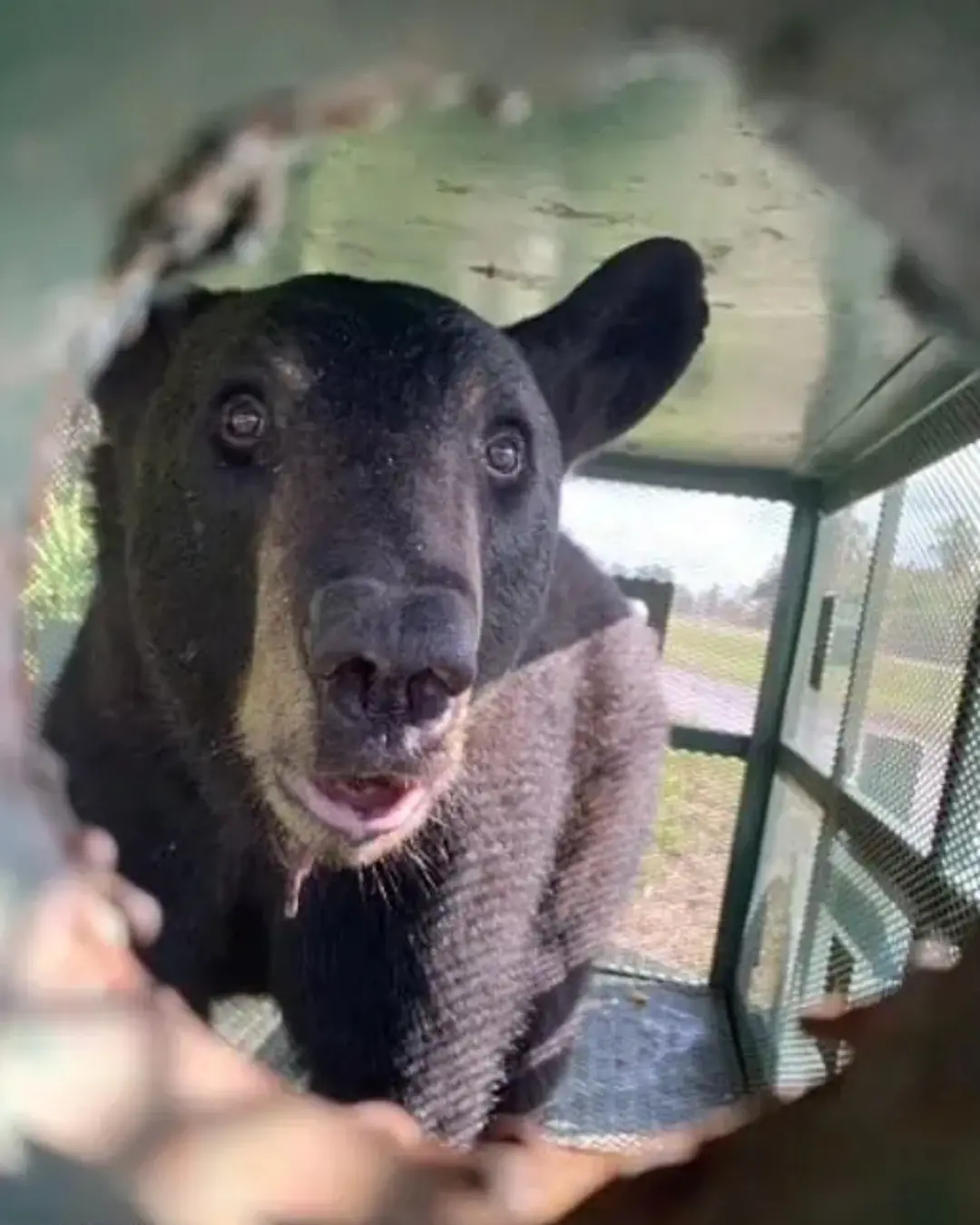
The convenience of frozen foods is undeniable. From meats to vegetables, and bread to desserts, freezing helps preserve a wide variety of foods, allowing us to enjoy them long after their purchase date. However, improper storage can lead to freezer burn, off flavors, and even foodborne illnesses, defeating the very purpose of preservation.
Many people unknowingly commit common mistakes when storing frozen foods, which can compromise the quality and safety of their meals. In this article, we’ll highlight the top 10 frozen foods that are often stored incorrectly, and provide tips on how to store them properly to ensure they remain fresh and delicious.
1. Refreezing Thawed Meats: Why It's a Bad Idea
Refreezing thawed meats is a common mistake many people make, usually due to changes in meal plans or simply not wanting to waste food. However, once meat has been thawed, it can begin to develop harmful bacteria if left at room temperature for too long. When you refreeze it, not only do you risk compromising the meat's texture and flavor, but you also increase the risk of foodborne illnesses.
If you must refreeze meat, ensure that it has been thawed in the refrigerator rather than on the counter. According to the USDA, meat thawed in the fridge can be refrozen within 3-4 days. It’s important to use airtight packaging when refreezing to minimize exposure to air and prevent freezer burn.
2. Bread Storage: The Importance of Wrapping
Many people simply toss a loaf of bread into the freezer in its original packaging, which can lead to freezer burn and a stale taste. Bread should be wrapped tightly in plastic wrap or aluminum foil to ensure it remains fresh after thawing. For added protection, place the wrapped loaf inside a freezer bag, pressing out as much air as possible before sealing.
If you plan to use the bread slice-by-slice, consider pre-slicing the loaf before freezing. This way, you can remove only what you need without exposing the rest of the loaf to air, which can degrade its quality.
3. Ice Cream in the Freezer Door: A Common Mistake
Storing ice cream in the freezer door is a mistake because the temperature in this area tends to fluctuate more than in the main compartment. These fluctuations can cause ice cream to melt and refreeze, leading to an unpleasant icy texture.
Instead, store ice cream in the back of the freezer where the temperature is most stable. Additionally, placing a piece of plastic wrap directly on the surface of the ice cream before sealing the container can help prevent the formation of ice crystals.
4. Freezing Herbs Whole: A Better Approach
Freezing herbs whole might seem convenient, but it can lead to a loss of flavor and texture. A better approach is to chop the herbs and freeze them in ice cube trays filled with water or olive oil. Once frozen, you can transfer the cubes to a freezer bag for long-term storage.
This method helps preserve the herbs' flavor and makes them easy to use in soups, stews, and sauces. Simply pop a cube or two into your dish as it cooks.
5. Storing Fruits: Avoiding Freezer Burn
Freezing fruits without proper preparation can lead to freezer burn, which affects their taste and texture. To avoid this, wash and dry the fruits thoroughly before freezing. For larger fruits like peaches or strawberries, slice them into smaller pieces.
Spread the fruit pieces on a baking sheet in a single layer and freeze until solid. Then, transfer them to a freezer bag or container, removing as much air as possible before sealing. This method prevents clumping and ensures the fruits remain flavorful.
6. Vegetables: Blanching Before Freezing
Blanching vegetables before freezing is a crucial step that many skip. Blanching involves briefly boiling the vegetables before rapidly cooling them in ice water. This process stops enzyme actions, preserving the vegetables' color, texture, and flavor.
For instance, blanch green beans for about 3 minutes, then cool them in ice water for another 3 minutes before draining and packing them into freezer bags. This method extends their shelf life and maintains their quality.
7. Cheese: The Right Way to Freeze Dairy
Cheese can be tricky to freeze, as it tends to become crumbly once thawed. To minimize this, opt for hard cheeses like cheddar, and shred them before freezing. This way, you can easily use the cheese straight from the freezer without compromising its texture too much.
Wrap the shredded cheese in airtight packaging, such as a freezer bag or vacuum-sealed bag, to prevent exposure to air and maintain freshness. Avoid freezing soft cheeses like brie or cream cheese, as they do not freeze well and can become watery.
8. Seafood Storage: Keeping It Fresh and Safe
Seafood is particularly susceptible to spoilage, so it’s crucial to store it correctly. Fresh seafood should be frozen as soon as possible after purchase. Ensure it is wrapped tightly in plastic wrap, followed by aluminum foil or a freezer bag, to prevent odors from escaping and to protect against freezer burn.
Seafood can also be frozen in water to help maintain its texture. For instance, place fish fillets in a container, cover them with water, and then freeze. This method helps prevent drying out.
9. Leftovers: Proper Packaging for Longevity
Leftovers are convenient to freeze, but improper packaging can lead to a loss of flavor and moisture. Use airtight containers or freezer bags designed for freezing. Ensure there’s minimal air left in the packaging to prevent freezer burn.
Label the containers with the contents and date before freezing, so you can keep track of how long they’ve been stored. Most leftovers are best used within 2-3 months for optimal quality and safety.
10. Pre-packaged Meals: Checking for Air-tight Seals
Many pre-packaged meals come with a vacuum seal, but over time, these seals can become compromised. It’s essential to check the packaging for any air leaks before freezing, as exposure to air can lead to freezer burn and diminished flavor.
If the seal is not intact, repackage the meal in a new freezer bag or container. Consider using a vacuum sealer for the best results, as it removes air and ensures a tight seal.
11. Baked Goods: Maintaining Moisture and Flavor
Baked goods like muffins, cakes, and cookies can lose moisture and become dry if not stored properly in the freezer. Wrap each item individually in plastic wrap and place them in a freezer bag or airtight container.
For items like cakes, freezing the whole cake is possible, but it’s better to slice it first. This allows you to thaw only the portions you need, keeping the rest fresh. Adding a piece of bread to the container can also help maintain moisture, as the bread will absorb any excess dryness.









































